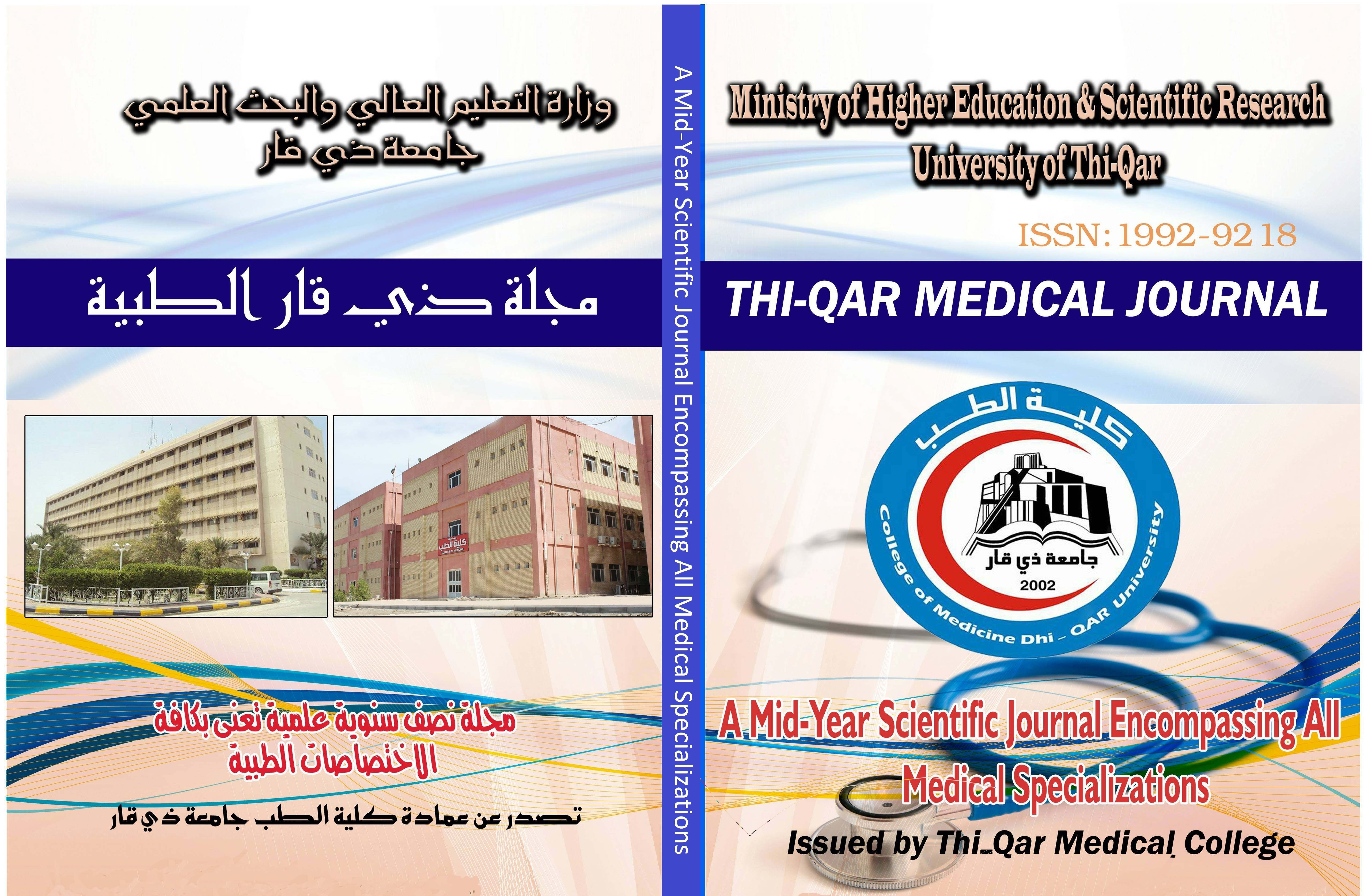Abstract
Background: acute childhood and adolescent poisoning remain one of the important emergencies
causing a significant burden to the populations with important morbidity and mortality rates.
Objectives: This study aimed to determine the epidemiological features of poisoning for the patients
less than 19 years old in Al-Nasiriyah governorate, and to eliminate the main types, clinical
presentations, management, outcome, and seasonal variation of poisoning. Epidemiological studies are
so important to determine the extent of the problem, according to which the preventive strategies are
related.
Methods: A cross sectional retrospective study was conducted to three hundred forty patients recorded
in Al-Nasiriyah poison center from (January 2013 to December 2015), data that collected from the case
sheets and records of phone calls including the name, sex, address, type of poisoning, route of
administration, management and the outcome of the patients (survive or died) are admitted to the SPSS
(statistical package for social science) system and the results was obtained.
Results: two hundred (58.8%) of the exposed patients was male, toddler age group seen in 45% of cases
with predominance of accidental type, while adolescents (>13-18yrs.) are mostly intentional with female
preponderance, urban populations are more prone to poisoning 236 cases (69.4%), accidental exposure
is the commonest (83.2%) oral route is the commonest (99.4%), (62.9%) of the causative agents are
pharmaceutical, and (50.3%) are asymptomatic . most of them treated conservatively (96.5%) with
survival rate of (97.9%), higher mortality seen in those presented after the first 24 hrs. of exposure. One
third of acute poisoning was occurred in summer season. Easy accessibility to the drugs and toxic
substances are the major risk factor.
Conclusion: Although poisoning is a preventable illness but, it is still a significant cause of morbidity
and mortality especially in developing countries. Acute poison has a significant impact on the health
services.
causing a significant burden to the populations with important morbidity and mortality rates.
Objectives: This study aimed to determine the epidemiological features of poisoning for the patients
less than 19 years old in Al-Nasiriyah governorate, and to eliminate the main types, clinical
presentations, management, outcome, and seasonal variation of poisoning. Epidemiological studies are
so important to determine the extent of the problem, according to which the preventive strategies are
related.
Methods: A cross sectional retrospective study was conducted to three hundred forty patients recorded
in Al-Nasiriyah poison center from (January 2013 to December 2015), data that collected from the case
sheets and records of phone calls including the name, sex, address, type of poisoning, route of
administration, management and the outcome of the patients (survive or died) are admitted to the SPSS
(statistical package for social science) system and the results was obtained.
Results: two hundred (58.8%) of the exposed patients was male, toddler age group seen in 45% of cases
with predominance of accidental type, while adolescents (>13-18yrs.) are mostly intentional with female
preponderance, urban populations are more prone to poisoning 236 cases (69.4%), accidental exposure
is the commonest (83.2%) oral route is the commonest (99.4%), (62.9%) of the causative agents are
pharmaceutical, and (50.3%) are asymptomatic . most of them treated conservatively (96.5%) with
survival rate of (97.9%), higher mortality seen in those presented after the first 24 hrs. of exposure. One
third of acute poisoning was occurred in summer season. Easy accessibility to the drugs and toxic
substances are the major risk factor.
Conclusion: Although poisoning is a preventable illness but, it is still a significant cause of morbidity
and mortality especially in developing countries. Acute poison has a significant impact on the health
services.
Keywords
Adolescence.
children
Epidemiology
Poisoning
